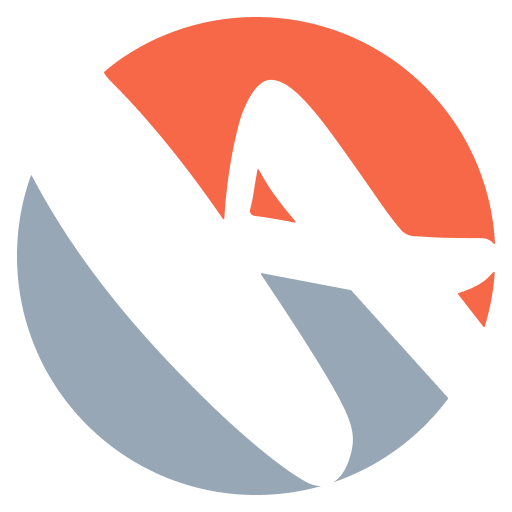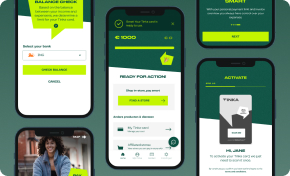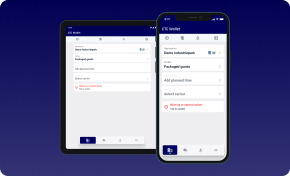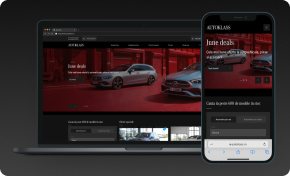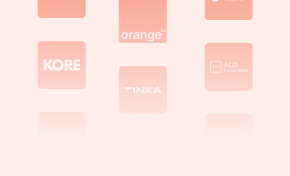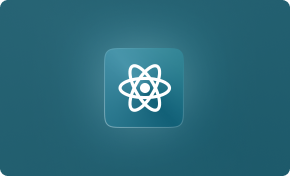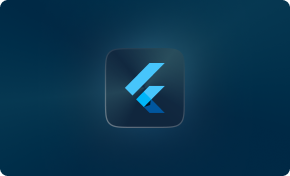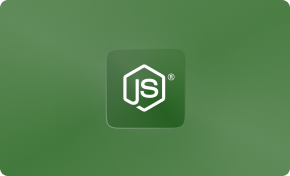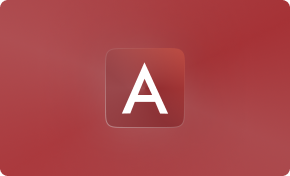Scale AI beyond prototypes with the right data strategy, cross-functional talent, and a modular stack. Compare cloud vs on-prem vs hybrid, and follow the PoC→pilot→production path with reliable MLOps.
-
-
AI & Machine LearningDigital TransformationSoftware Consultancy
Balancing AI Integration Costs: Build From Scratch or Upgrade Existing Systems?
by Gabriela Mihoci 26 minutes readDiscover detailed TCO insights for integrating AI: compare greenfield development with embedding AI into existing infrastructure. Learn cost drivers, ROI, and when each approach makes financial sense.
-
Cloud & Serverless ComputingTech Trends & Insights
Cloud vs. On‑Premise Infrastructure: Comparison Guide for IT Leaders
by Dan Negreaby Dan Negrea 46 minutes readCloud adoption soars, yet on-premise remains vital for control, cost, and compliance. This guide weighs CapEx vs OpEx, latency, security, DR, and hybrid models to help IT leaders choose wisely.
-
AI & Machine LearningDigital TransformationTech Trends & Insights
Enterprise AI Integration Playbook (Part 2): Strategic Planning for AI Integration
by Andrei Neacsu 25 minutes readPart 2 of our Enterprise AI Integration Playbook turns vision into action: craft a living roadmap, rank high-impact use cases, embed risk guardrails, and set governance for scalable AI success.
-
Cloud & Serverless ComputingTech Trends & Insights
The Complete Guide to AWS Cloud Migration Services
by Mirela Lazarby Mirela Lazar 37 minutes readFrom cost savings and scalability to security and agility, this guide walks you through AWS cloud migration types, planning steps, common challenges and how to choose the best partner for success.
-
AI & Machine LearningDigital Transformation
Enterprise AI Integration Playbook: Part 1 – Introduction and Assessment Phase
by Andrei Neacsu 25 minutes readPart 1 of our Enterprise AI Integration Playbook explains why AI readiness is mission‑critical, details adoption trends, and shows how to assess strategy, data, governance, talent, culture gaps.
-
Project Management & Strategy
Software Development Effort Allocation: Finding the Optimal Dev, QA, Design & PM Balance
by Andrei Neacsu 16 minutes readDiscover the ideal balance for software teams: development typically takes 40-60% effort, QA 20-30%, design 10-15%, and PM 10-20%. Learn how to adapt these industry benchmarks to your project needs.
-
Entrepreneurship & StartupsProject Management & StrategySoftware Consultancy
Technical Debt Demystified: A Practical Guide for Startup Teams
by Mirela Lazarby Mirela Lazar 23 minutes readTechnical debt occurs when shortcuts in software development are taken for speed, requiring future fixes. This guide helps startups identify, manage, and reduce technical debt while maintaining velocity.
